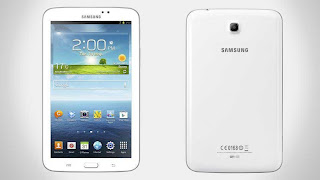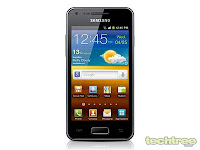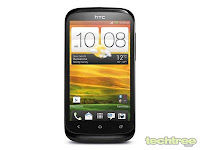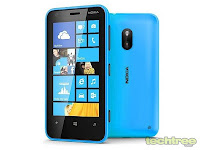May Updates:
IntelIntel recently started talking about the company's low-power SoC architecture, Silvermont. The next-generation Atom processors (code-named Bay Trail) that'll employ Silvermont will feature out-of-order execution, a modular construction scaling from one to eight cores, and a number of ISA improvements. Advanced 22 nm manufacturing gives the company a big advantage in efficiency, even as it promises big performance gains. You can read more about Intel's next-gen low-power architecture in Chris Angelini's article, Intel Silvermont Architecture: Does This Atom Change It All?
After showing that it can compete against ARM-based SoCs with the 32 nm Atom Z2760, this might be Intel's first real home run in the smartphone and tablet space.
Of course, we're also expecting more information from AMD regarding its Temash design, which could start showing up in tablets later this year.
Intel's pricing remains stable since last month. The few adjustments include a $5 increase on the Pentium G2120. The Core i7-3970X is down $20; this flagship six-core CPU is now $40 cheaper than its predecessor, the Core i7-3960X.
AMD
Two new AMD processors showed up in retail since our last update: the FX-4350 (4.2 GHz base clock and 4.3 GHz maximum Turbo Core frequency, selling for $130) and FX-6350 (3.9 GHz base frequency and 4.2 GHz peak Turbo Core setting, selling for $140). Both Piledriver-based SKUs are essentially overclocked FX-4300 and FX-6300 models, respectively, with TDPs of 125 W instead of 95, and base clock rates 400 MHz higher. The FX-4350's peak Turbo Core setting is 300 MHz higher, while the FX-6350's is up only 100 MHz.
Both offerings are viable for fans of AMD's hardware who may not be comfortable with overclocking on their own. The FX-6350 is particularly attractive for folks interested in modest gaming performance and the ability to execute six threads concurrently in content creation/productivity applications. From a pure value standpoint, it's more cost-effective for gamers to seek out the cheaper Phenom II X4 965, though.
Otherwise, AMD's prices are also pretty stable, aside from $5 drops on the A6-5400K, A6-3650, Athlon II X4 651K, FX-4100, and Phenom II X4 965. We're still waiting on an official unveiling of the low-power Temash and Kabini APUs to replace the company's low-end line-up, and for the Kaveri-based APU to replace Trinity with GCN-derived graphics. Perhaps we'll have more information to report from Computex next month.










